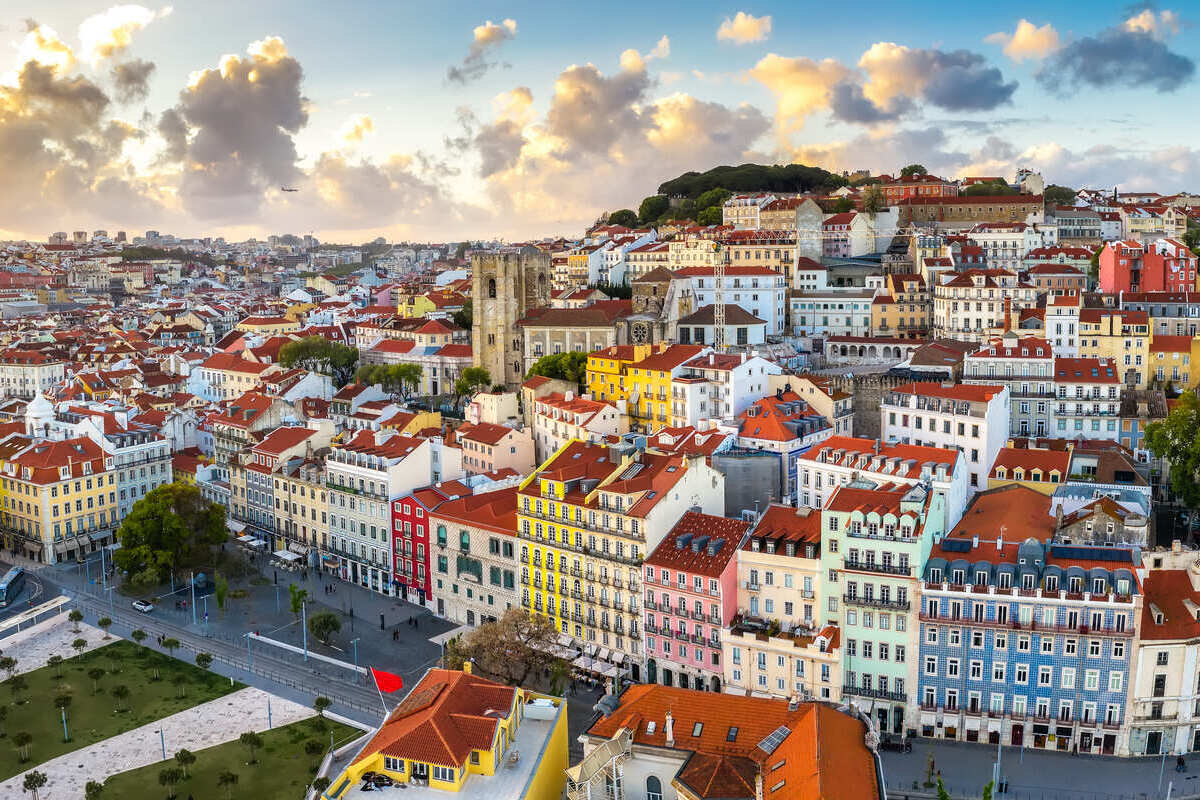For Us americans, Europe is much more commonly related to summertime, with regards to’s nice and pleasant off to buy a pistachio gelato by a pebbly beach, ride Vespas down a cliffside roadway in an Amalfi city, or island-hop across the Aegean.
Appears heavenly, as long as the scorching July heat as well as the looked at an inevitable sunburn usually do not faze you, and you’re maybe not too concerned about expending hours at a time in a waiting line to check out the Eiffel Tower: it’s exactly about that trademark European joie de vivre, right?

What if we said some classic summertime destinations are, actually, most readily useful enjoyed in colder climate, when crowding can be so minimal during mornings it’s possible to have the complete city to your self, and costs are not too inflated?
Listed below are 4 European gems you should visit in wintertime:
Paris, France
Though Paris is relatively busy year-round, in wintertime, it seems unusually quiet-er, as folks are not keen on flocking to the thin streets of this Latin Quarter whenever conditions fall, and museums like Louvre or Orsay aren’t overrun by school teams fulfilling their particular summer trip schedule.

Maybe Europe’s number one visitor location, the French capital is breathtaking regardless of season, exactly what using its well-planned cityscape, a variety of flowery cafés, and large boulevards, but there’s no doubting it really is far more pleasant to walk as soon as the summertime hordes have left.
You will find locations that just fit that somber wintery visual: believe us when we say you’ll find nothing less idyllic than revealing your ‘secret’ picnic area in Luxembourg Gardens with 1000s of various other romancing partners or sitting from the actions of a jam-packed Montmartre in mid-July.

We’d truly instead walk-around the quartier into the sharp winter season environment while trees are barren and gives more than simply quick glimpses regarding the stately Haussman architecture the foliage generally hides, therefore the neighborhood brasserie is not full of seasonal tourists, but chatty, high-spirited locals.
Rome, Italy
Just one more location very often gets wrecked by mass tourism is Rome. Unlike various other south European places, it’s not your typical beach destination.

Yes, discover a beach in the broader metropolitan area, more specifically in the Ostian suburbs, but tradition enthusiasts thinking of marveling in the Sistine Chapel or retracing the measures of gladiators upon going into the Colosseum aren’t exactly going out of their solution to sunbathe in an off-path, mainly domestic coastal area of Rome.
With that being said, the reason why go in summertime anyhow?
Rome is a sightseeing hotspot, and between late May and early September, it’s a literal furnace, with conditions that soar above 100 levels and mile-long queues snaking round the block for several of the bucket record tourist attractions.

Between December and March, some rainfall is anticipated, and even the casual snowfall should conditions drop significantly, although sunshine nevertheless shines for half the full time, as well as in a worst-case scenario, should every single day be cloudy and cool, you are able to bet a freshly-cooked Pasta alla Gricia and a non-industrialized macchiato could keep you delighted, comfortable and cozy.
If you do not fancy elbowing your path through an audience for images of Trevi Fountain, we highly recommend you reserve your carry on a Roman vacation off-season, as you won’t be sweating abundantly, the amount of tourism is lower, and customer prices are maybe not hiked in response to an overwhelming demand.
Seville, Spain
Third from the record, Seville could very well be Spain’s third most-visited town after Madrid and Barcelona.

Famous for a colorful Plaza de España, a grouping of stately structures arranged in a half-circle bounded by a manmade channel, the maze-like Triana community, lined by narrow, whitewashed homes, and a landmark medieval Cathedral, it really creates among the country’s many iconic cityscapes.
The actual only real drawback is Seville is located in what’s Europe’s hottest region, where it’s practically impossible to remain outside for longer than a few hours into the scalding Sevillano summertime: you shouldn’t be surprised if city thermometer surpasses 120°F even after sundown.
Of course, winters tend to be quite mild, with on average 60.8°F and just six days of rainfall.

This means you may still eat alfresco and put on light jackets and also shorts sightseeing in the day; which, if you don’t head moderately chilly winds.
Much like Rome, you’re not likely to Seville for a Mediterranean beach vacation: it’s inland, and there’s no beach all things considered.
As an alternative, you’re going indeed there for design, delectable ethnic food, and also the calm city parks, which, compliment of Andalusia’s year-round the sunshine, can stay verdant even yet in the lower season.
Lisbon, Portugal

4th and final entry: Lisbon is a hilly port town sitting regarding financial institutions of River Tagus, right where it empties into the Atlantic Ocean, also it’s become a massively popular summer destination for Americans lately.
Anything many who have been to Lisbon will agree, however, is if you don’t have actually a specific physique, along with well trained lung area and may handle an overwhelming heat, you cannot deal with the seven hills the sprawling Portuguese money is created on, nor set out to explore without pausing every now and then for an orange sumo break-in a climatized café.
We are going to go right ahead and say Lisbon, similar to Paris, Rome, and its neighboring Seville across Spanish edge, is visited over cold weather.

The causes for the are claimed somehow formerly:
It really is a lot more of a sightseeing, cultural destination, a good it shares with Rome, and although the Portuguese shore is a brief half-hour drive away, the common visitor just isn’t traveling most of the Lisbon for beaches, particularly when North Atlantic waters tend to be noticeably colder as compared to Mediterranean.
They have been drawn to the medieval palace perched atop the colorful Alfama district, the ancient convents, and marvelous meals scene.

During a temperate Lisboense winter season, evenings could be cool due to the strong winds from the Atlantic, and you ought to anticipate even more rainfall, but hours of sunlight tend to be plentiful, therefore the average temperature is a rather comfortable 57.74°C.
Plus, wandering the narrow cobbled alleys of Lisbon accompanied by their significant other amid the heavy mid-winter fog, a container of Carcavelos wine in hand, toward track of a fado ballad as played by a Portuguese busker is one thing we think everybody else should experience at least once.
Read More:
Top 5 Travel Insurance tactics For 2023 beginning At $10 each week
How To Easily Secure Points Free-of-charge Travel
↓ Join Our Community ↓
The Travel Off Path Community FB team features all newest reopening development, conversations, and Q&A’s taking place daily!

SUBSCRIBE the PRESENT ARTICLES
Enter your current email address a subscription to visit Off Path’s most recent breaking travel news, right to your inbox.
This informative article initially appeared on TravelOffPath.com
Source link

